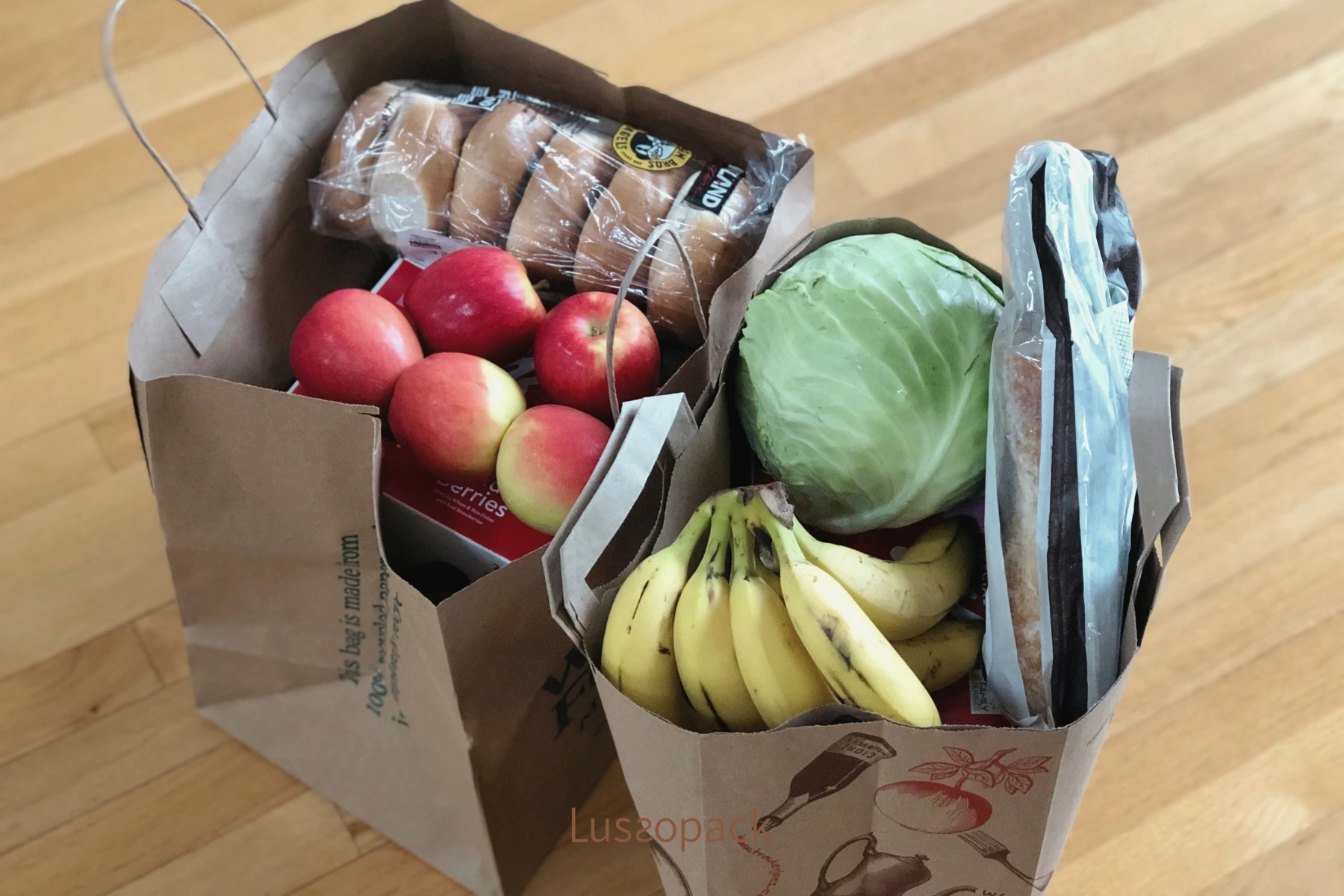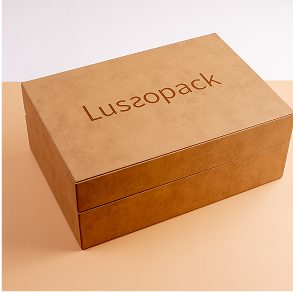The ongoing debate between paper bags and plastic bags continues to raise important environmental, economic, and social questions. As consumers become more eco-conscious, they ask, “What is the real impact of these bags?” From the typical checkout counter dilemma of paper bags vs plastic bags to concerns over long-term waste management, it’s important to analyze both options thoroughly. In this article, we’ll explore the pros and cons of plastic bags and paper bags, their advantages, and which choice is better for the environment.
A Brief History: Paper vs Plastic

Plastic bags were first introduced in the 1970s and rapidly became the preferred choice due to their cost-effectiveness and convenience. However, as awareness about the environmental consequences of plastics has grown, the popularity of plastic bags versus paper bags has been questioned. Although paper bags were traditionally the go-to option for groceries, their environmental effects and practicality are now being questioned as well.
This brings us to the big question: Are paper bags better than plastic bags, or should we stick with plastic? To answer that, we’ll delve into several key areas: environmental impact, durability, cost, and consumer preferences. Let’s explore these factors in detail.
Environmental Impact

Plastic Bags: Environmental Impact
Plastic bags are made from polyethylene, a derivative of petroleum. This synthetic material is durable, but it poses significant environmental challenges. The most notable issue with plastic is that it doesn’t break down easily. How is plastic bad for the environment? It can take anywhere from 500 to 1,000 years for a plastic bag to degrade, meaning it accumulates in landfills, waterways, and oceans.
The manufacturing process of plastic bags plays a role in generating carbon emissions, although their lightweight nature means less energy is required to transport them compared to paper bags. Recycling is possible, but unfortunately, only a small percentage of plastic bags are recycled. The rest often end up polluting our ecosystems, which can be harmful to wildlife.
Paper Bags: Environmental Impact
On the surface, why is it important to use a paper bag instead of a plastic bag? Paper is biodegradable, recyclable, and sourced from renewable materials like trees. However, the environmental impact of paper bags is more complicated. Their production demands substantial amounts of water and energy, adding to their ecological footprint. Some studies suggest that paper bags have a larger carbon footprint than plastic bags during their production.
One advantage of paper is that it breaks down much faster than plastic. How long does it take for a paper bag to decompose? It takes only a few months under the right conditions, unlike plastic’s centuries-long degradation period. Despite this, paper bags use up natural resources, such as trees, and their production generates more pollution compared to plastic bags.
Are Paper Bags Better Than Plastic for the Environment?
The question of whether paper bags are better than plastic for the environment doesn’t have a straightforward answer. While plastic bags take centuries to break down and frequently end up polluting ecosystems, paper bags require more resources—like water and energy—to produce. However, paper is generally easier to recycle. In the U.S., around 68% of paper is successfully recycled. Although plastic bags are technically recyclable, they are often not accepted in curbside recycling programs because they can clog machinery. As a result, a large portion of plastic waste ends up in landfills or oceans. This raises the critical question: So what to use instead of plastic bags? Sustainable alternatives, such as cloth or biodegradable bags, are becoming increasingly popular as more eco-friendly options.
Durability and Usability

Plastic Bags: Durability
When it comes to durability, plastic bags are hard to beat. They can carry heavy loads without tearing and are resistant to water and weather. Their lightweight nature also makes them convenient for many consumers, allowing for easy storage and transport. One downside, though, is that they can be prone to ripping when overfilled or when sharp or luxury packaging. Additionally, their capacity to stand upright makes them ideal for organizing groceries, which can be a plus for some shoppers.
Which can support more weight, paper or plastic bags?
Generally, plastic bags can hold more weight than paper bags. Paper bags tend to rip when they become wet or overburdened with heavy items. However, some paper bags are designed with reinforced handles or stronger materials to carry more weight. Still, they remain less durable overall compared to plastic. Disadvantages of paper bags over plastic bags include their reduced durability and practicality, particularly in wet conditions or for carrying heavier items.
Economic Considerations

Plastic Bags: Cost
Plastic bags are inexpensive to produce, costing only a few cents per bag. This low cost has made plastic the dominant choice for retailers and consumers alike. The production process is streamlined, and the materials are readily available. However, while plastic bags are better than paper bags in terms of production costs, their long-term environmental costs are staggering.
Paper Bags: Cost
Paper bags, on the other hand, are more expensive to manufacture. The cost of paper bags vs plastic bags is higher due to the resources needed to produce paper. The higher cost of paper bags is largely due to the need for cutting down trees, processing wood pulp, and the energy-demanding manufacturing process. Many retailers pass these costs onto consumers, either by charging for paper bags or embedding the cost into the price of goods.
Paper Bag vs Plastic Bag Cost: Which Is Better?
Are paper bags more expensive than plastic? Yes, they are. When considering only the direct costs, plastic bags are cheaper to produce and purchase than paper bags. However, if we factor in environmental costs—such as cleaning up plastic waste and mitigating pollution—paper bags may be the more responsible option, despite their higher price.
Consumer Preferences and Trends

As awareness of environmental issues grows, so does consumer demand for sustainable alternatives. Paper bags vs plastic bags research has shown that plastic bag bans or restrictions in many countries have fueled the ongoing debate between the two options.
Growing Demand for Sustainable Packaging
Research indicates that 86% of consumers express greater interest in sustainable product packaging, with over half stating they would be deterred from purchasing items perceived as harmful due to their packaging. This trend signifies a broader societal shift in which sustainability is increasingly becoming a key factor in consumer decision-making. In the context of grocery shopping, many consumers now prioritize the environmental impact of their choices, leading to increased scrutiny of single-use bags.
Regulatory Influences and Market Shifts
Countries like Kenya have outright banned plastic bags, while many U.S. cities impose fees on single-use bags to encourage the use of reusable alternatives. These regulations are designed to cut down on plastic waste while encouraging consumers to adopt more sustainable habits. A study highlighted that consumer preferences vary significantly based on the type of packaging and its perceived environmental impact, with many consumers showing a preference for unpackaged or bioplastic options over traditional plastic.
- Explore more insights in the study Investigating Consumer Preferences for Sustainable Packaging Through a Different Behavioural Approach: A Random Regret Minimization Application
A Rise in the Preference for Reusable Bags.
In response to the environmental concerns around both paper and plastic, many consumers are now opting for reusable bags. These bags, often made from cloth or other durable materials, can be used multiple times and help cut down on waste. Retailers have adapted to these trends by offering reusable bag options at checkout. This aligns with consumer preferences, as studies indicate that a significant portion of shoppers are willing to pay extra for products packaged sustainably. However, consumers must remember to bring these bags to stores; otherwise, the intended benefits may not be realized.

Choosing between paper and plastic bags depends on weighing their respective strengths and challenges. Plastic bags offer affordability and durability, but their long-term environmental impact, including slow decomposition and pollution, is hard to ignore. Conversely, premium paper bags, like those from Lussopack, provide a greener solution. These bags are made from recyclable materials, decompose quickly, and align seamlessly with recycling efforts. Beyond functionality, Lussopack’s premium paper bags elevate brand perception and serve as a powerful marketing tool. In addition, as the demand for sustainable packaging grows, Lussopack’s custom paper bags offer a perfect combination of environmental responsibility and brand elegance. Offering both sustainability and luxury, these bags position themselves as a forward-thinking option in the ongoing debate between paper and plastic.


















